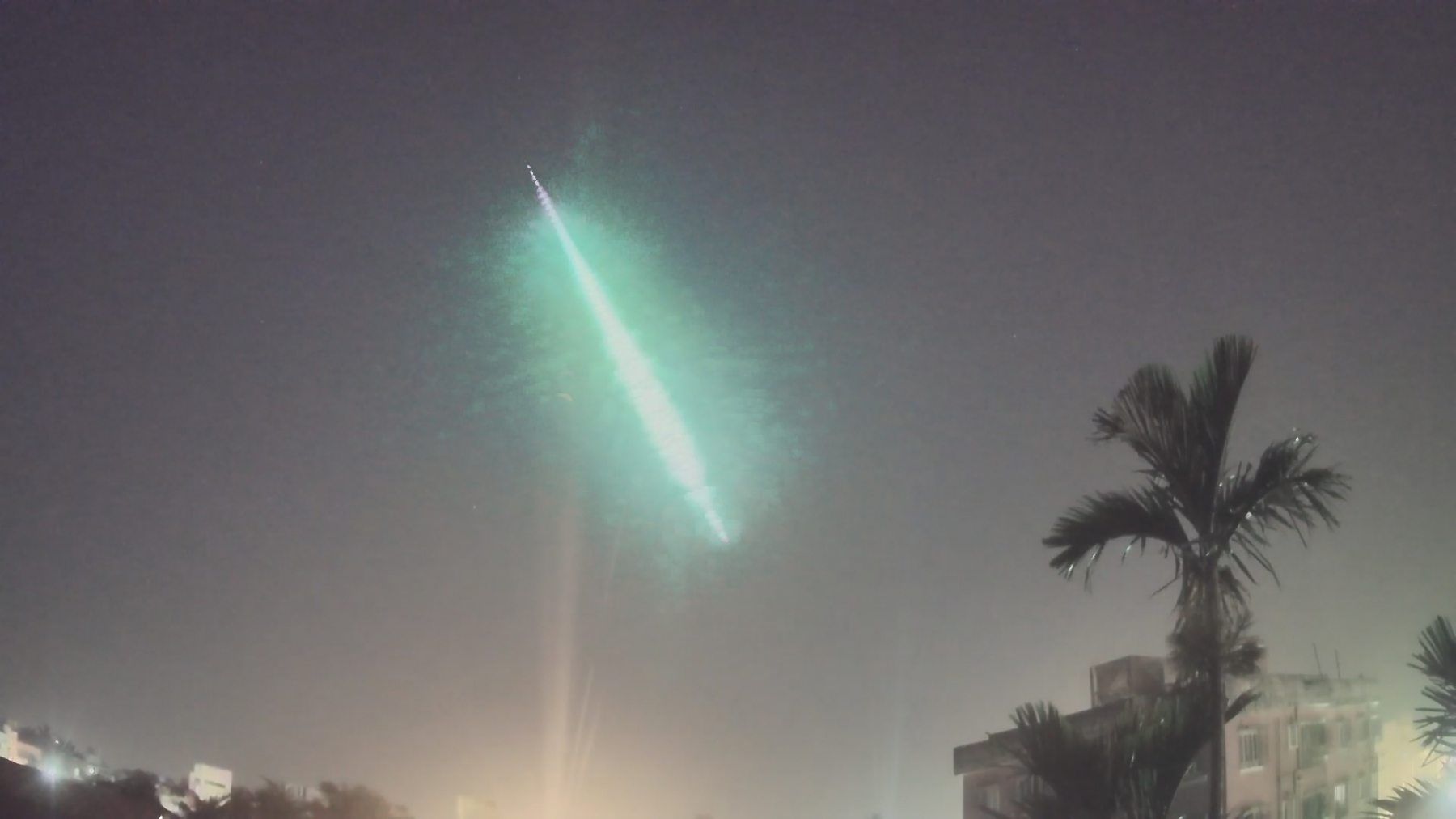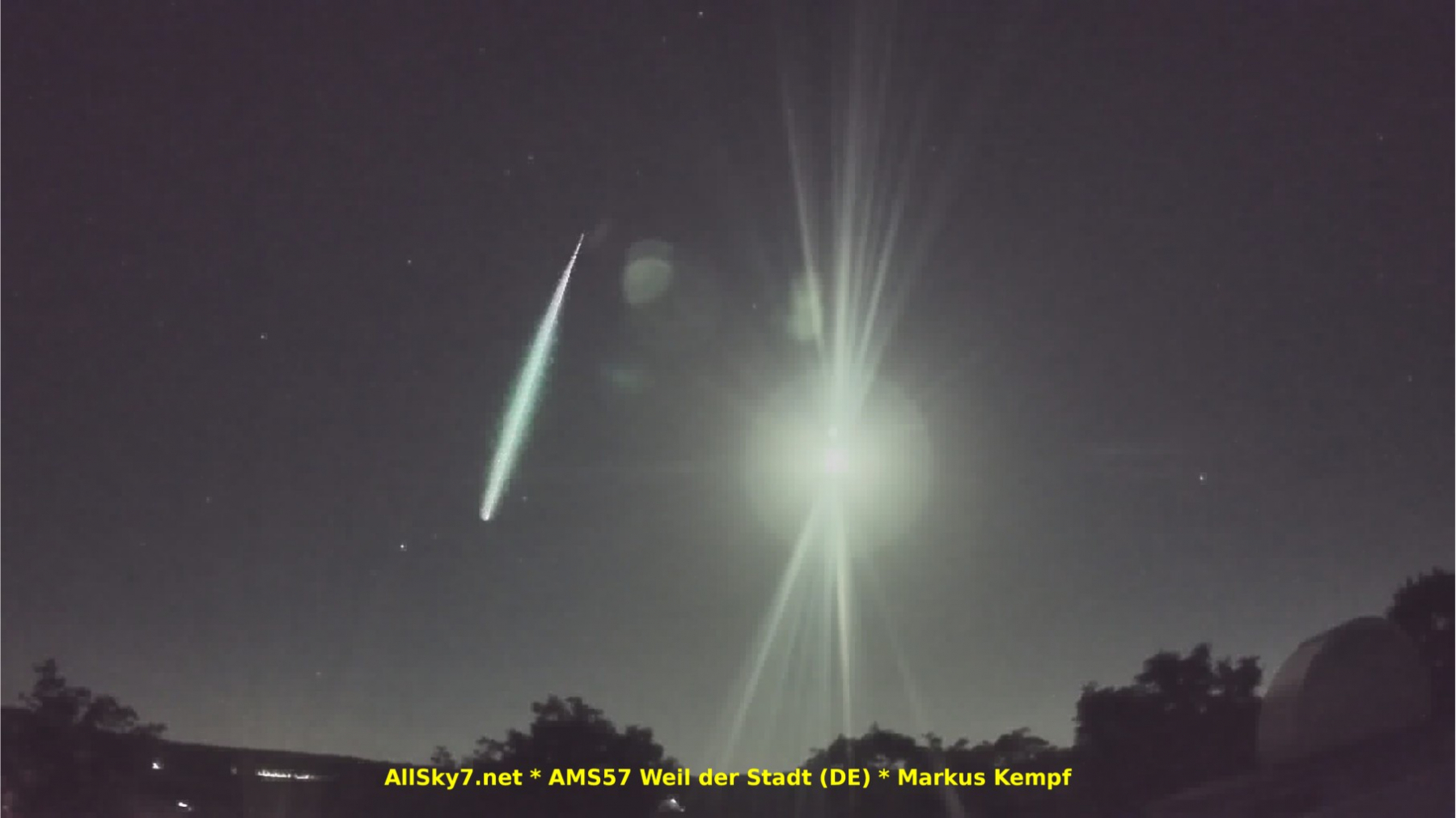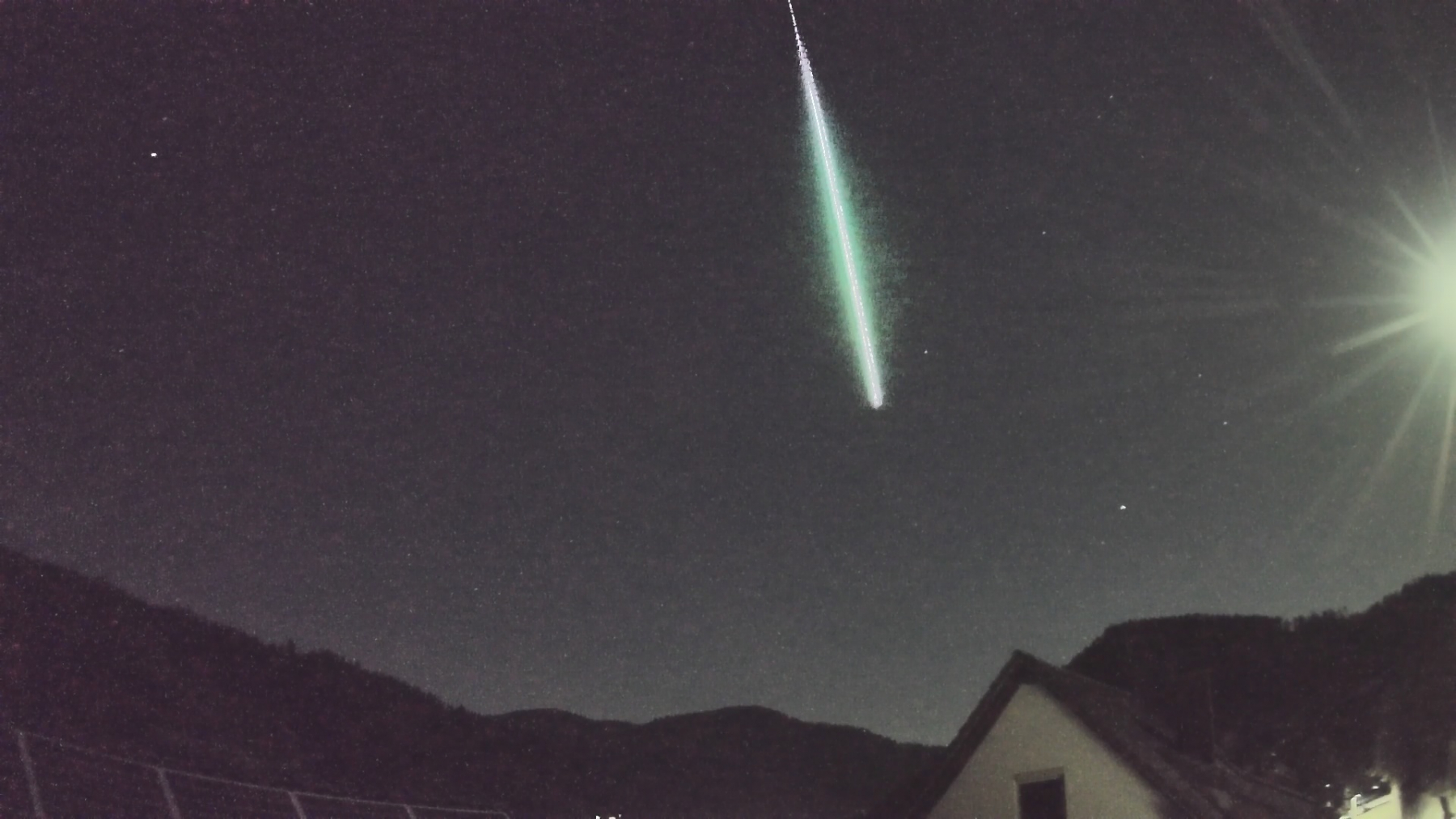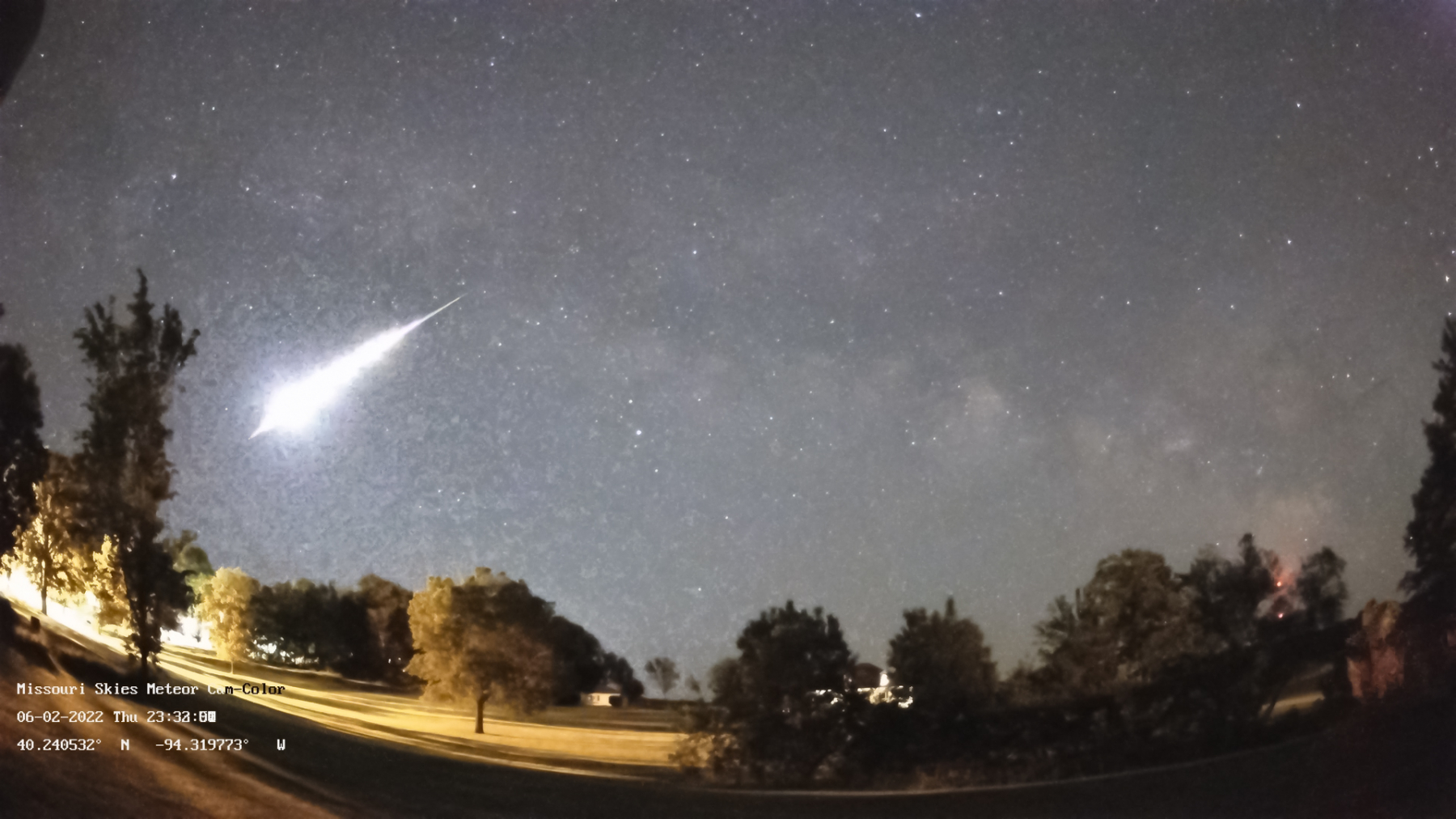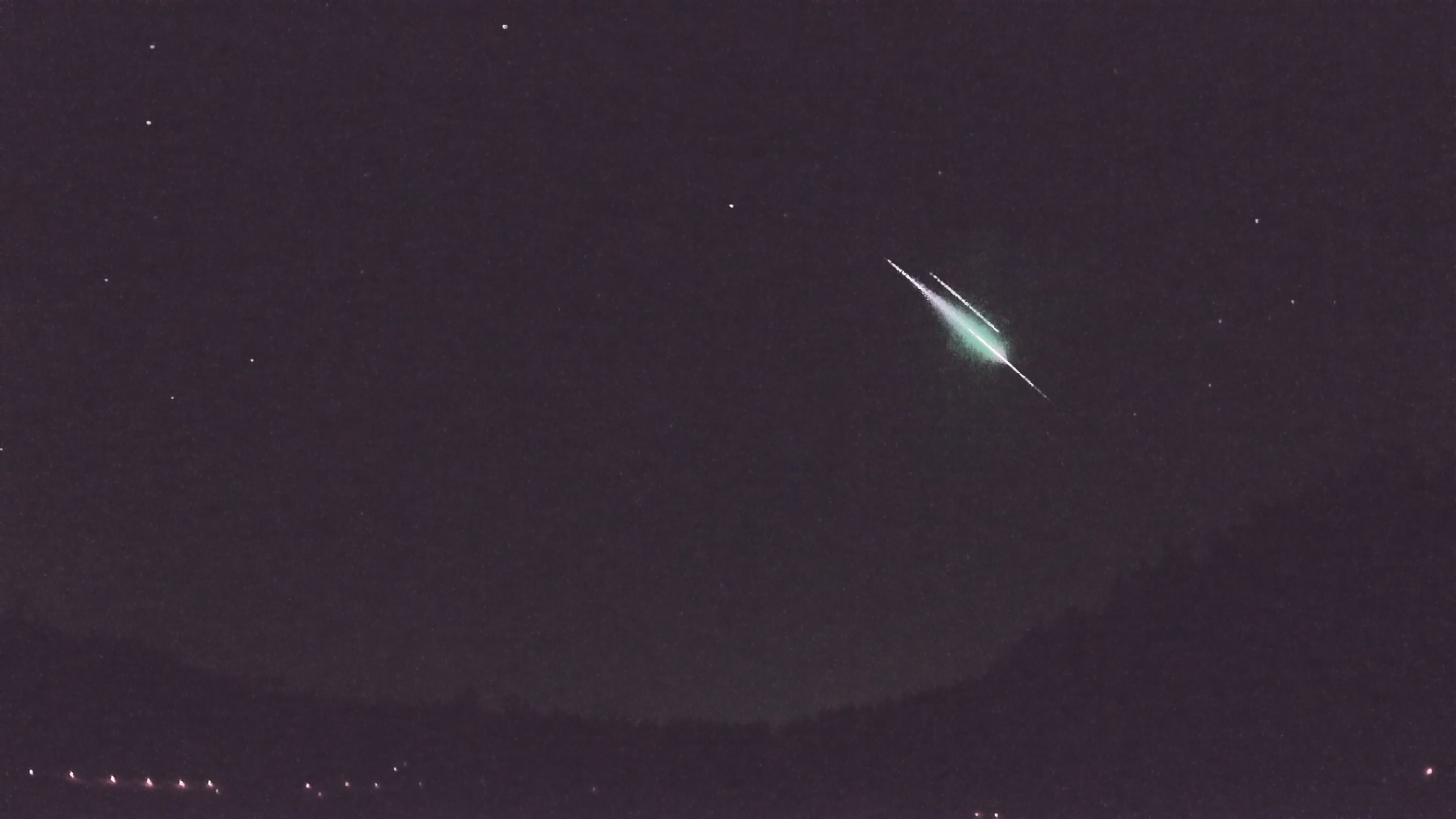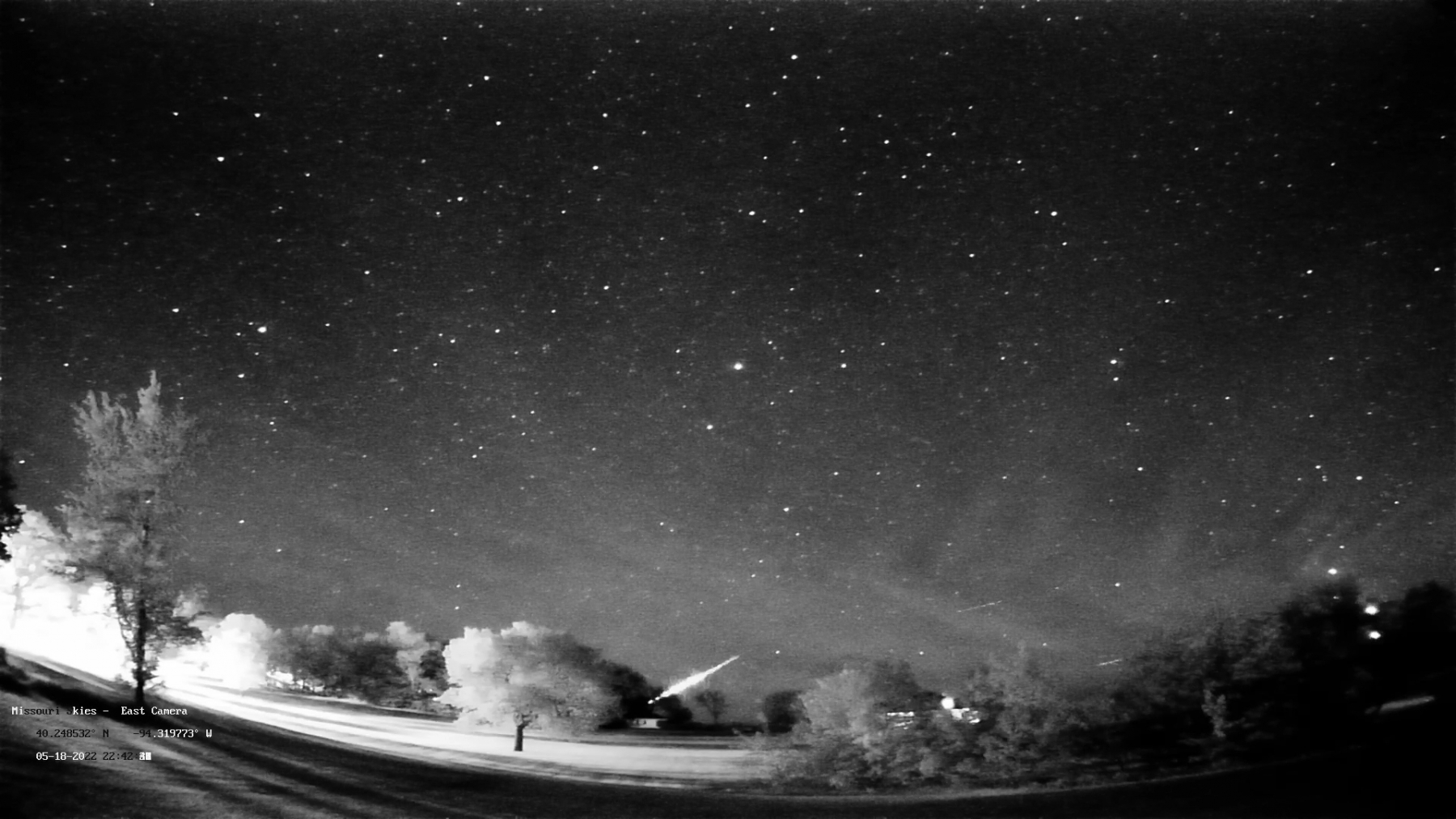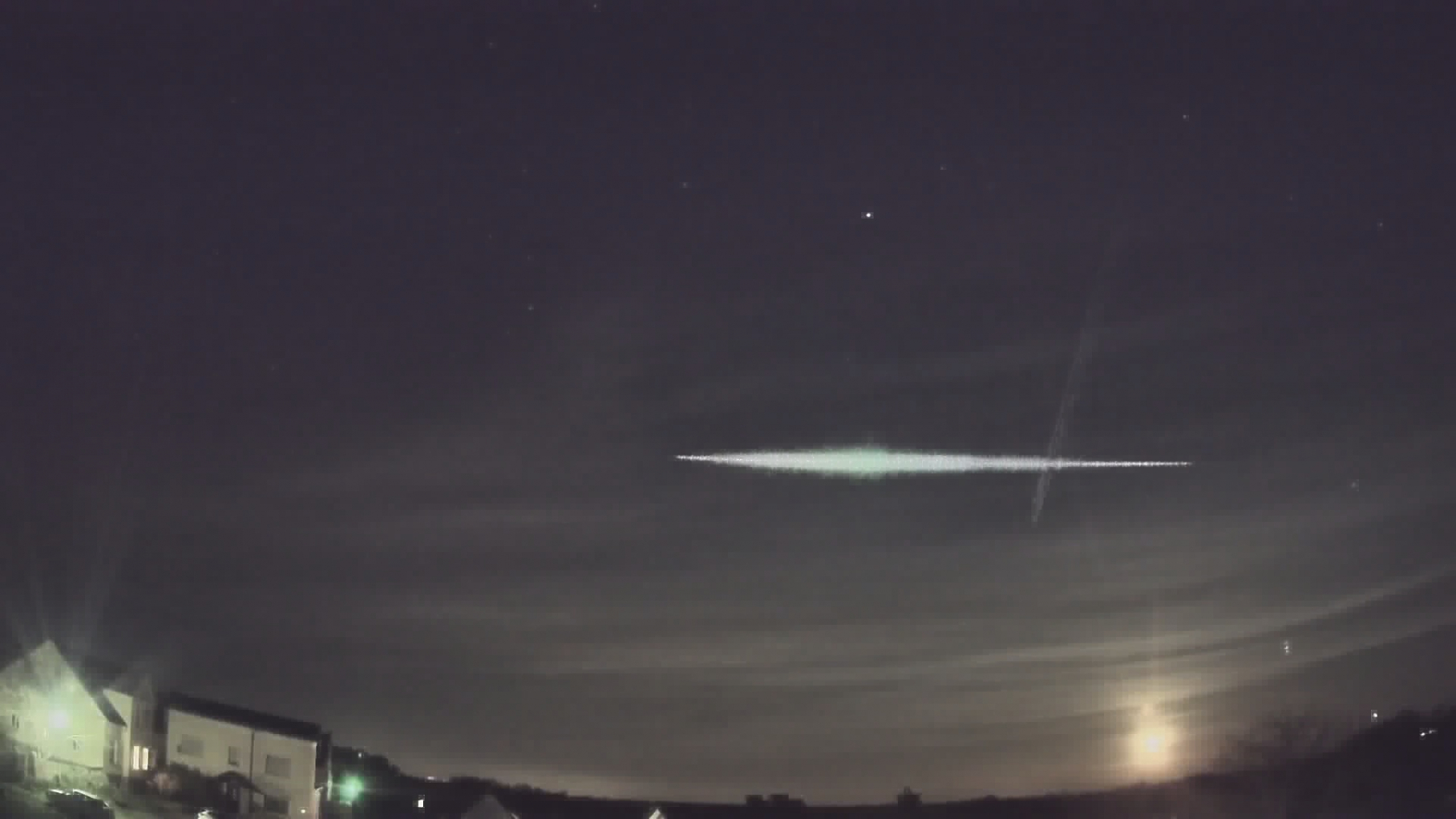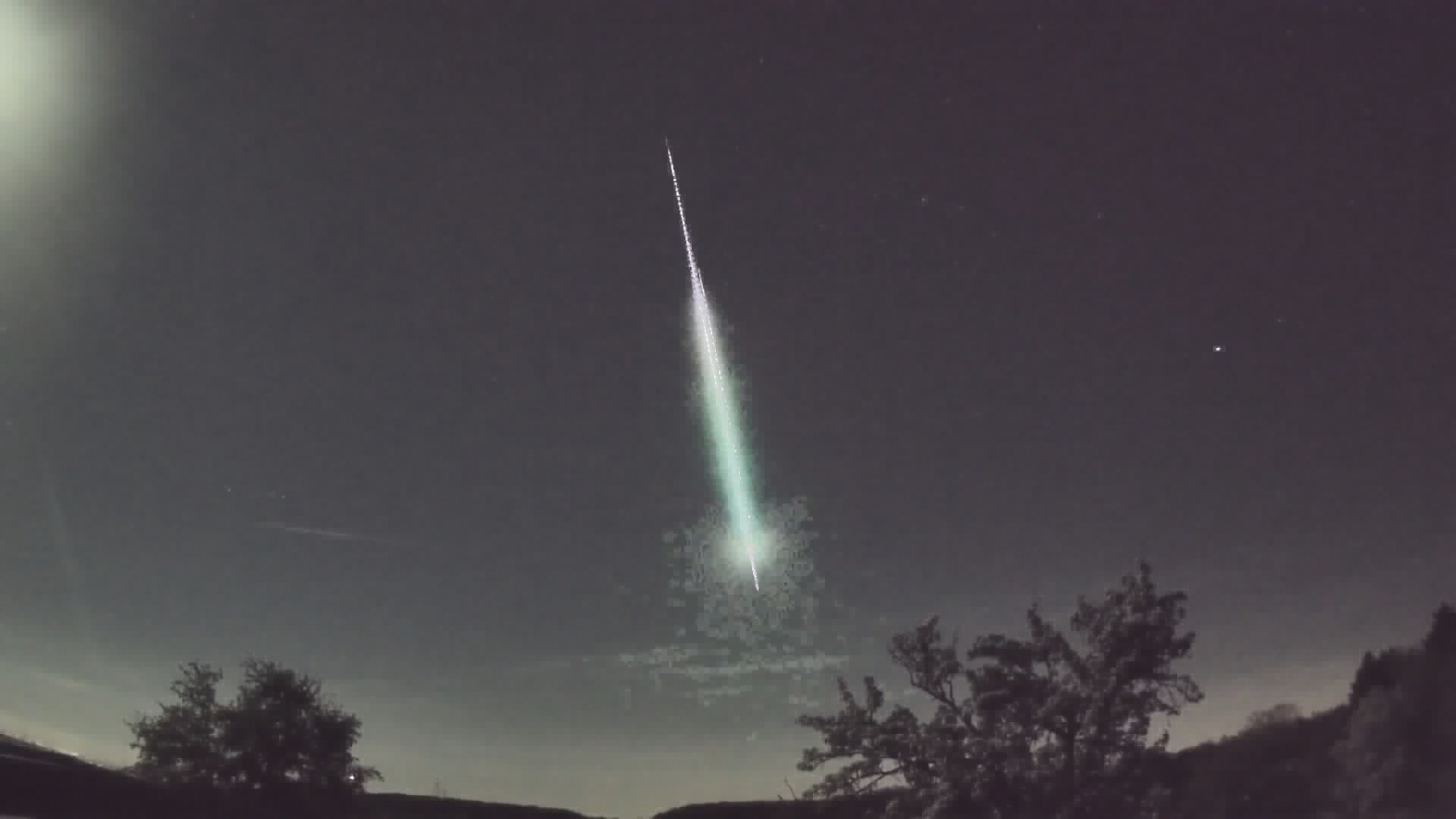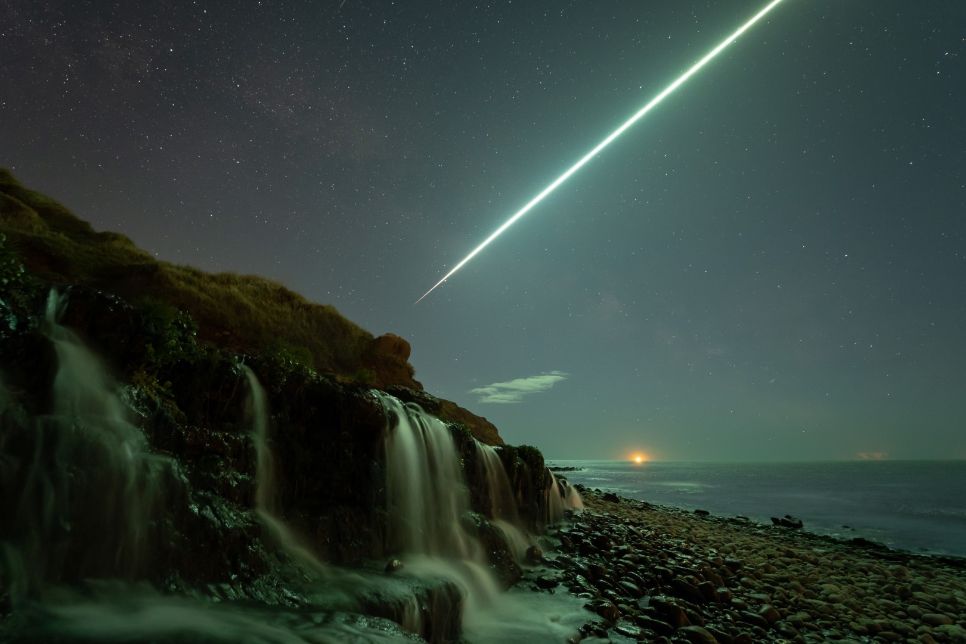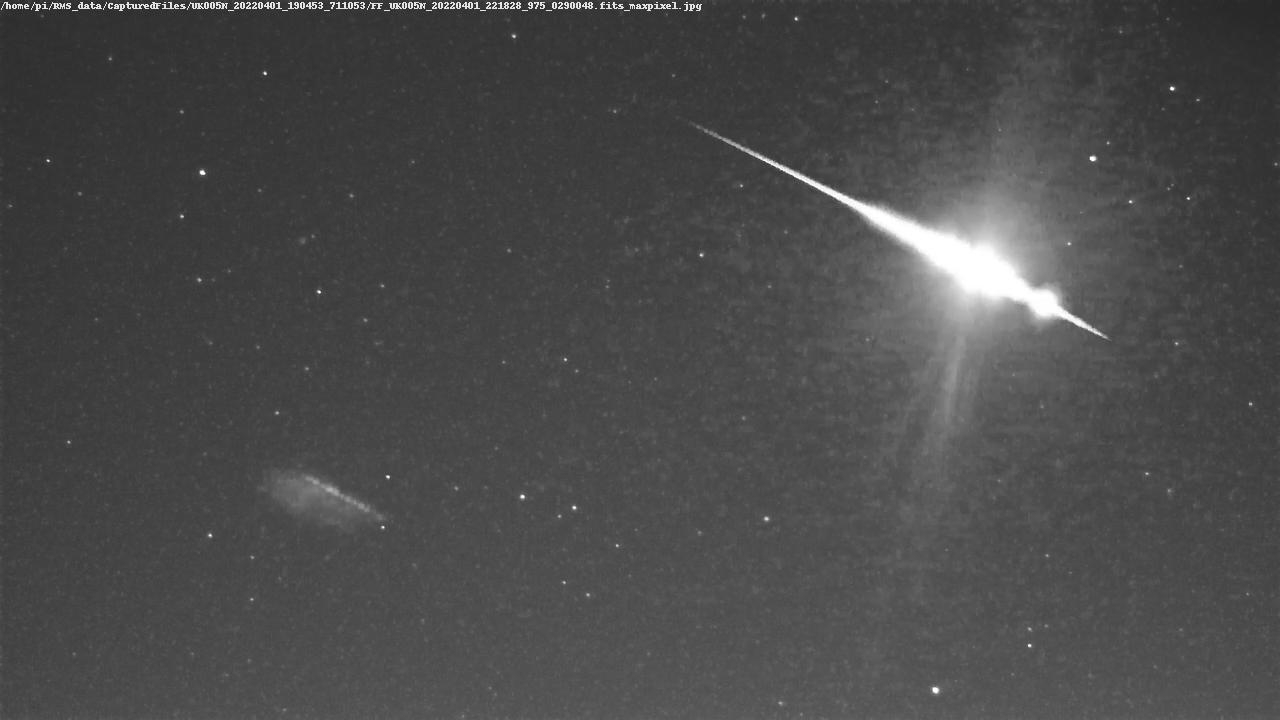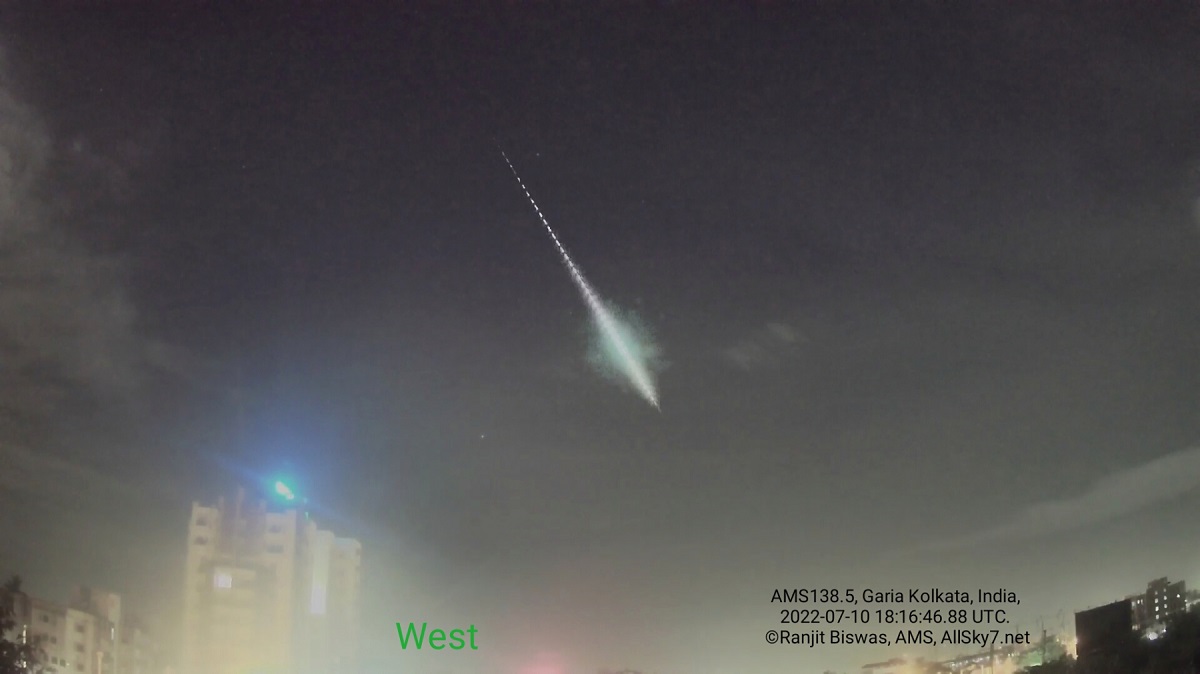
Meteor Activity Outlook for October 8-14, 2022
During this period, the moon reaches its full phase on Sunday October 9th. At that time the moon will lie opposite the sun and will lie above the horizon all night long. As the week progresses the waning gibbous moon will rise later each evening, allowing a window of opportunity to observe meteor activity in dark skies between dusk and moon rise.
 American Meteor Society
American Meteor Society


